Halloween is a big part of the horror film industry but from watching scary movies to skydiving, why do some people actively choose to be frightened? Jacqueline Wake Young asks Professor Alasdair MacKenzie for his insights.
Fear is a topic that’s of great interest to Dr Alasdair MacKenzie, professor of molecular biology at the Institute of Medical Sciences at Aberdeen University.
Much of his research concerns the study of neuropeptides, the chemical messengers in our brains which communicate how we feel.
“Anxiety and fear are similar emotions,” says Professor MacKenzie.
“They are a response to negative stimuli, so say you’re walking down the road and a tiger jumps out, it’s a normal, healthy thing to feel anxious.
Flight or fight
“That triggers the flight or fight response which involves adrenaline.
“You run away from the bad thing, however what we’re seeing now is a huge upsurge in levels of anxiety and chronic anxiety where people experience similar levels of anxiety and panic despite there being no ‘tiger’.
“There’s an awful lot of that, especially in young people coming out of the pandemic.
“Part of my research is trying to understand the genetics behind why some people are more susceptible to anxiety.”
Amygdala
He explains that the parts of the brain involved in emotion and anxiety are collectively referred to as the limbic system and include the amygdala.
“It’s the Greek for almond because it’s about the size and shape of an almond.
“Your amygdala is activated if you get chased by a tiger, but in people with a lot of fear and anxiety, their amygdalas are hyperactive.
“We’ve also found quite a strong environmental component, what they call epigenetics, and we are being funded to study that by the Biotechnology and Biological Sciences Research Council and Medical Research Scotland.
Environmental influences
“We are in the process of finding out how environmental influences such as alcohol abuse and bad diet might be involved.
“There are people in the lab just now trying to understand the genetic switches and how the environment affects how these genetic switches work in the amygdala to turn on the neuropeptides at the right times and in the correct amounts.
“It could be people who suffer from increased anxiety may have these anxiety inducing neuropeptides turned on too strongly.
“So they are constantly experiencing the fight or flight response.
“One of the big challenges for the future is to identify the genetics of people who don’t get any benefit from anti-anxiety medication, what we call treatment refractive, and that’s up to a third of all people who suffer anxiety.”
So why do some people actively choose to be frightened?
Risky behaviour
Professor MacKenzie says: “Many people, and men in particular, enjoy risk, they can get a high from risky behaviour.
“If you go bungee jumping or skydiving, you suffer this intense jolt of anxiety but that triggers another response called the endorphin response.
“The endorphins are fascinating because they are endogenous opiates. That means it’s your own body producing a type of morphine.
Opioid receptors
“Your brain is full of opioid receptors, which opiates activate. Morphine binds these opioid receptors and turns them on.
“Generally, you get an endorphin rush with excitement and exercise and that translates into raised serotonin and dopamine levels which is associated with increased happiness levels and a reduction in low moods.
“That could also be the rush you have when you get a fright during a horror movie, you get that rush of endorphins.
Happy chemicals
“It changes the happy chemicals in your brain and stimulates the dopamine pathways.
“That’s the main reason people can become addicted to fear, acute fear that is, not chronic anxiety.
“It’s also why people do rollercoasters. It’s the sensation of falling and they come away with a big smile on their face – that’s the endorphins kicking in.
Exercise
Professor MacKenzie, meanwhile, prefers jogging.
“I like to go jogging and after a while the endorphins kick in and that’s why some
people can become endorphin junkies, wanting to do exercise more and more.”
“One of the recommended treatments for depression and anxiety is to exercise every day because, aside from the physical health benefits, it releases endorphins which stimulate serotonin and dopamine.
Health benefits
“I would stress that before people throw away their medication and take up exercise, they should consult their doctor.
“This approach worked for me but others may have more complex needs.”
“Getting out for 30 minutes a day for a jog or a brisk walk has huge health benefits.
“The Scottish weather can add to the experience – provided you are properly dressed – and coming home after being out in the cold, wind and rain, can be invigorating and leaves you happier.”
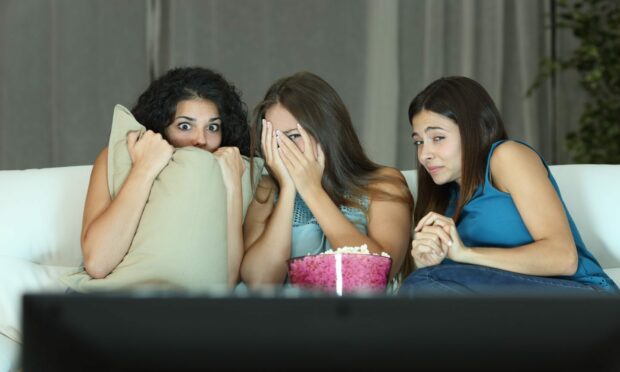

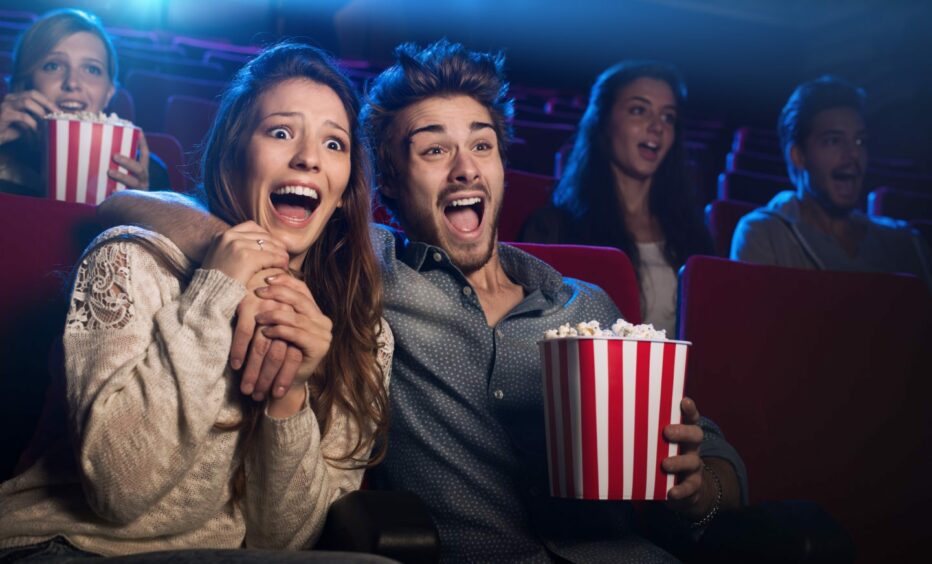

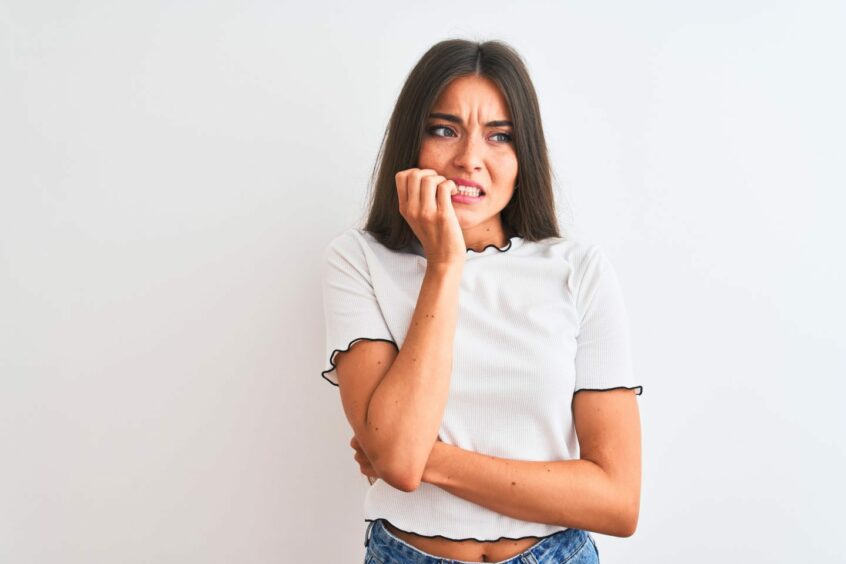

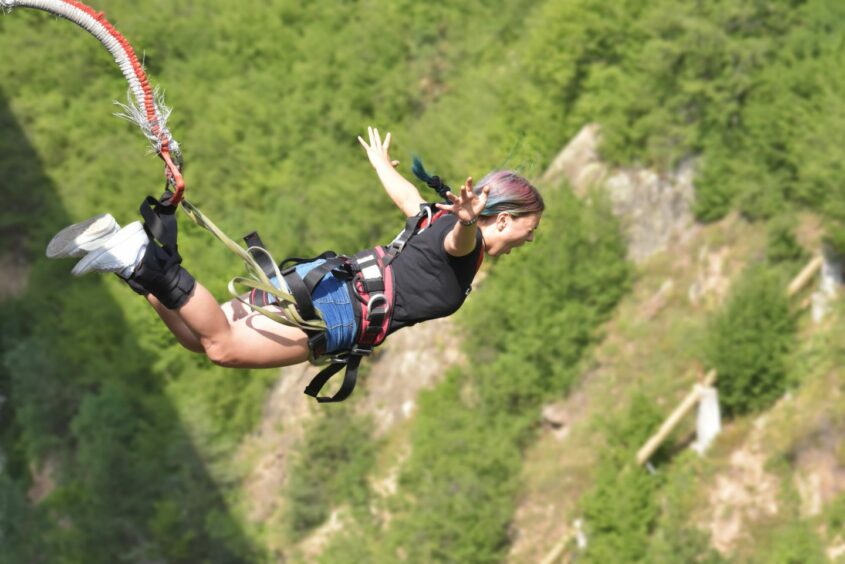
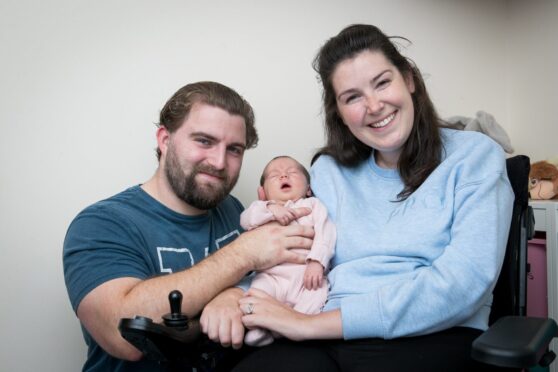


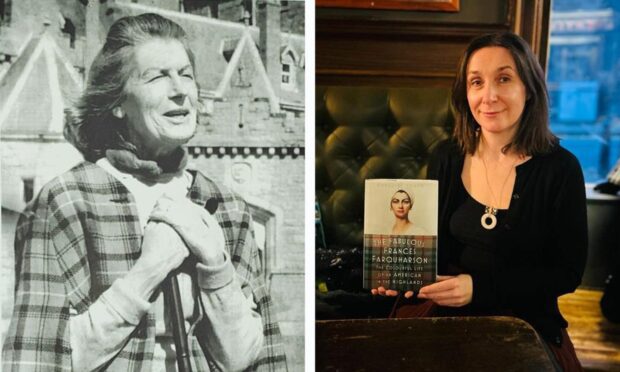
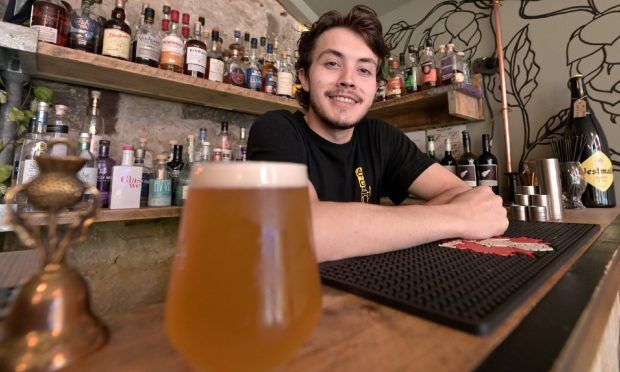

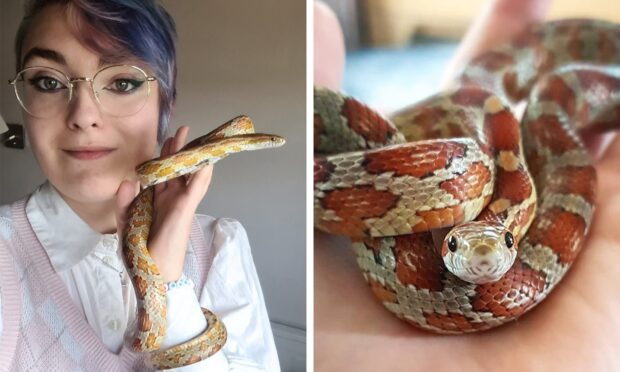

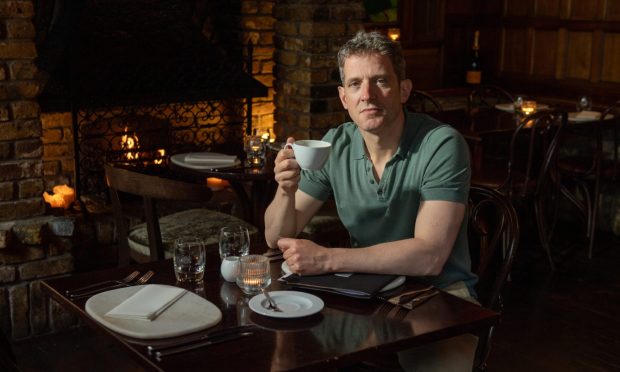

Conversation